Professor Dr Katarzyna Wac Distinguished Speaker Biosensors for Telemonitoring of the Patients
Virtual: https://events.vtools.ieee.org/m/34980111:00am New Jersey Time 17:00 Geneva Time Professor Dr Katarzyna Wac Distinguished Speaker IEEE Computer Society with PACE SIGHT Group and Women in Engineering Biosensors for Telemonitoring of the Patients The availability of miniaturized, wearable, personalized sensors and powerful mobile phones (smartphones) enable the development of a magnitude of services for ubiquitous monitoring of behavioral markers of individuals in daily life environments, i.e., outside strict clinical settings. A behavioral marker is defined as a specific behavior in any of the three domains—physical, psychological or social, leveraged to indicate/measure the change in individual’s condition (e.g., for a purpose of diagnosis), the effects of preventive, treatment or rehabilitation activities, or a progress of disease. The technologies for behavioral marker assessment are ready—hardware and software technologies are available at affordable prices and research on advanced algorithms for state assessment is ongoing. In this presentation, we give an example of ubiquitous technologies for the ambulatory assessment of an individual’s behavioral markers related to his/her - physical state (heart rate, body temperature, blood pressure, respiration, etc.), physical activity, medication intake, fatigue and pain, sleep quality - psychological state in terms of moods, feelings, memory and concentration, - social state in terms of relationships and social interactions, including social relationships with fellow patients suffering from the same disease. We will also give an example of environmental state assessment technologies for noise, pollution, or transportation usage, influencing the individual’s state and behaviors in all three above-mentioned domains. We discuss these technologies in terms of their design space and provided features, and their strengths and barriers for user adoption and scaling. The challenge lies in the methodological aspects of the approach, where the data collected in the individual’s daily life environments must be of a particular quality to inform the clinical decisions taken. The questions are raised about where, when and what to measure, how to make sense of data, how to extract and fuse relevant features, how to use the data in individual cases (“personalized analytics”), what to consider as constituting the evidence on effectiveness of a given treatment or rehabilitation activity, and how to link that to clinical outcomes for a given patient. Co-sponsored by: Computer Chapter, PACE SIGHT, WIE Speaker(s): Professor Dr Katarzyna Wac, Agenda: Introductions Presentation Questions and Discussion Virtual: https://events.vtools.ieee.org/m/349801
The History and Future of Implantable Antennas
Virtual: https://events.vtools.ieee.org/m/354383Buffalo Section AP/MTT Society presentation on Thursday April 27, 2023 at 6:30 PM Dr. Cynthia M. Furse is a Fellow of the IEEE and the National Academy of Inventors, and is a Professor of Electrical and Computer Engineering at the University of Utah, Salt Lake City, Utah, USA. Her research interests are the application of electromagnetics to sensing and communication in complex lossy scattering media such as the human body, geophysical prospecting, ionospheric plasma, and complex wiring networks. Dr. Furse is a founder of LiveWire Innovation, Inc., a spin-off company from her research, commercializing devices to locate intermittent faults on live wires. She has taught electromagnetics, wireless communication, computational electromagnetics, microwave engineering, antenna design, introductory electrical engineering, and engineering entrepreneurship and has been a leader in the development of the flipped classroom. Dr. Furse is an Associate Editor for the Transactions on Antennas and Propagation (AP), Chair of the IEEE Antennas and Propagation Society Awards Committee, a past Administrative Committee member for the IEEE AP society, and past chair of the IEEE AP Education Committee. She has received numerous teaching and research awards including the 2020 IEEE Chen To Tai Distinguished Educator Award. Abstract: Implantable antennas have been used for communication with medical implants for decades. Since then, wireless medical telemetry systems and their associated implantable antennas have expanded rapidly. Implantable medical devices now touch virtually every major function in the human body. Cardiac pacemakers and defibrillators, neural recording and stimulation devices, cochlear and retinal implants are just a few of the many implantable medical devices available today. Wireless telemetry for these devices is necessary to monitor battery level and device health, upload reprogramming for device function, and download data for patient monitoring. Emerging medical telemetry devices have led to recent advances in the design of small, biocompatible antennas that can be implanted in the human body. This paper will track the types of antennas seen in the past, the technologies that enabled these changes, and prospects for future implantable antennas for medical applications. This is a virtual event only Virtual: https://events.vtools.ieee.org/m/354383


